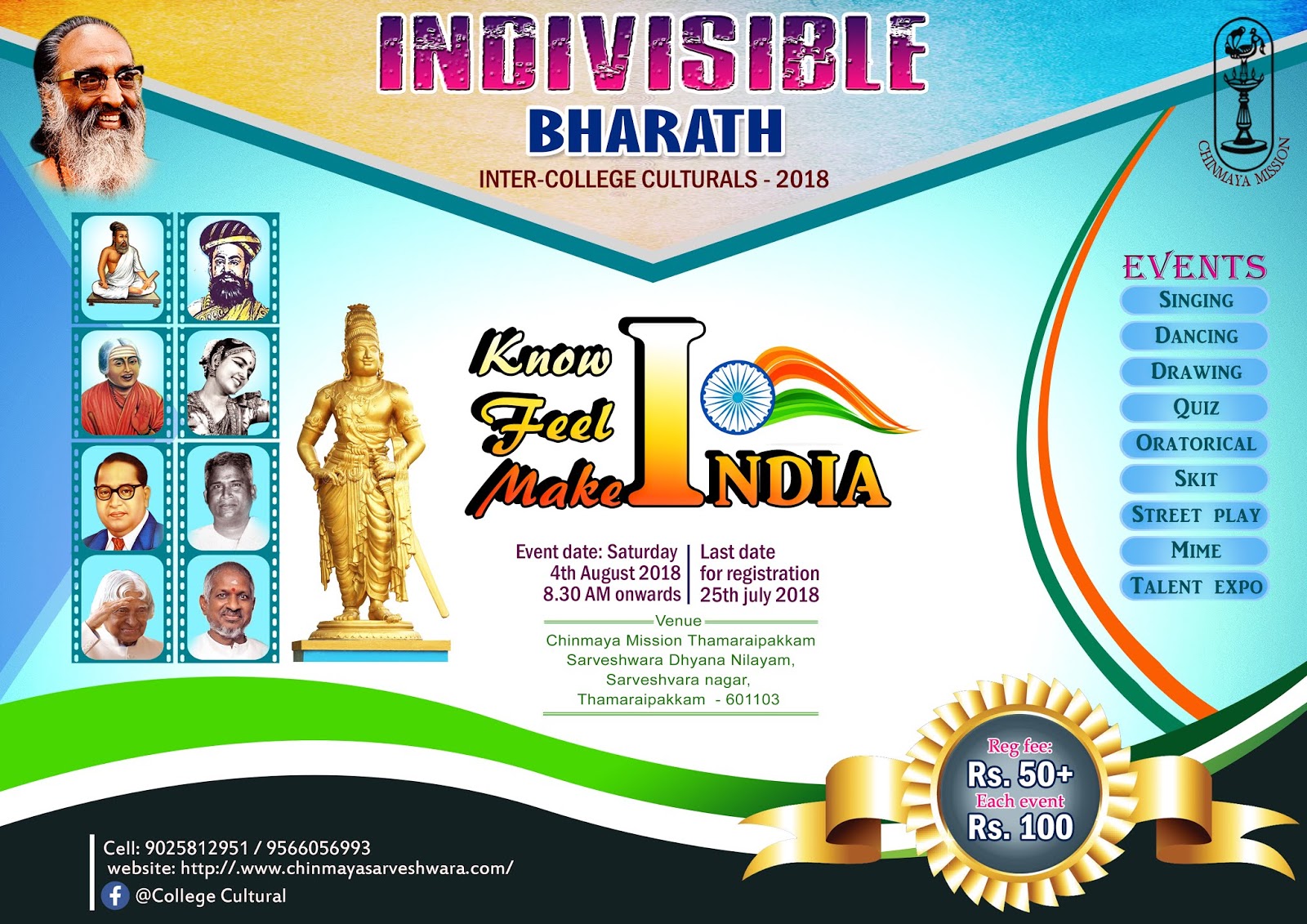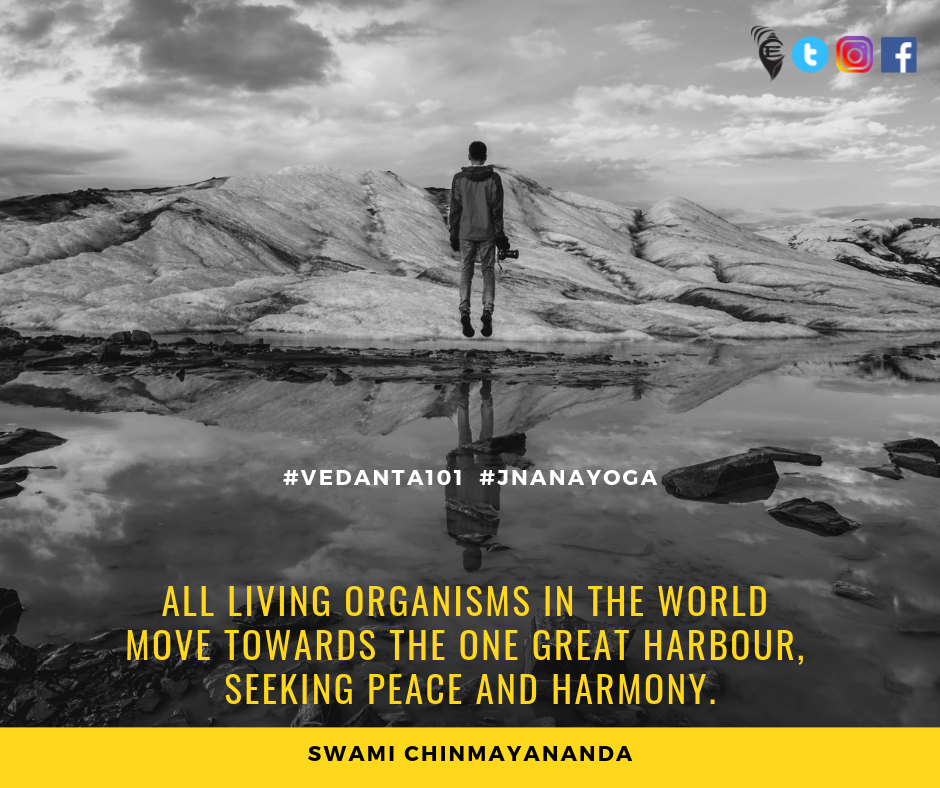The Essence of the Aitareya and Taittiriya Upanishads-4.1. - Swami Krishnananda

------------------------------------ Friday, November 20, 2020. 01:28. PM. Chapter 4: Cosmology 1. ----------------------- Now this is, in a different way, the subject of the Taittiriya Upanishad also, wherein we are given a cosmological treatment of the entire bondage of the soul, and the process of the liberation of the soul from this bondage. As the Aitareya told us that the one Atman alone was, nothing else external to the Atman existed, it became the many as the Universal and entered into it, and projected itself as the various divinities, became the jivas, had these experiences, etc., so does the Taittiriya Upanishad tell us. ------------------------ The original being is satyam, jnanam, anantam; or we may say satyam, jnanam, anandam—(satchidananda), where there is a simultaneous experience of everything, not a successive experience of particulars as we have today. This is the interpretation given by the commentators of the passage which reads as “saha brahmana vipaschita”...



